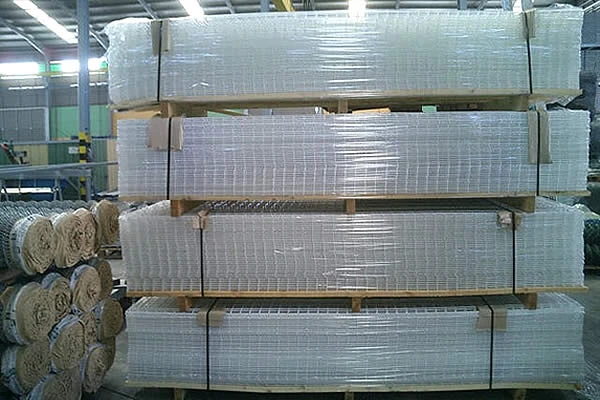 TEL:
+86-13102802206
TEL:
+86-13102802206
 Email:
fencenetting@china.com
Email:
fencenetting@china.com
 Language
Language
 TEL:
+86-13102802206
TEL:
+86-13102802206
 Email:
fencenetting@china.com
Email:
fencenetting@china.com
 Language
Language


Understanding 304 Stainless Steel Mesh Properties and Applications
304 stainless steel mesh is a versatile material widely used across various industries due to its remarkable properties. This type of mesh is made from the 304 grade of stainless steel, which contains 18% chromium and 8% nickel, giving it excellent corrosion resistance, strength, and formability. In this article, we will delve into the characteristics, manufacturing processes, applications, and maintenance of 304 stainless steel mesh.
Properties of 304 Stainless Steel Mesh
One of the primary advantages of 304 stainless steel mesh is its exceptional resistance to corrosion. The presence of chromium in the alloy forms a passive layer of chromium oxide on the surface, preventing rust and oxidation. This property makes it suitable for environments with exposure to moisture, chemicals, and varying temperatures.
Another notable feature of 304 stainless steel mesh is its high tensile strength. This mesh can withstand heavy loads, making it ideal for applications requiring durability. Furthermore, its excellent ductility allows it to be easily manipulated into various shapes and sizes, providing flexibility in design.
304 stainless steel mesh is also known for its aesthetic appeal. The shiny, smooth surface of the mesh enhances the appearance of products while maintaining a hygienic environment. This characteristic makes it popular in architectural applications and in the food and beverage industry.
Manufacturing Process
The manufacturing of 304 stainless steel mesh involves weaving thin wires of stainless steel together to create a network of openings. The mesh can be produced in various patterns, including plain weave, twill weave, and Dutch weave, each providing different performance characteristics depending on the application.
The process typically begins with the selection of high-quality 304 stainless steel wire. The wire is then drawn to the desired thickness and cut to specific lengths. The weaving can be done using automatic machines that ensure precise dimensions and consistency throughout the product.
After weaving, the mesh may undergo additional treatments such as polishing or coating, enhancing its corrosion resistance and appearance. Quality control tests are performed to ensure that the final product meets industry standards and specifications.

Applications of 304 Stainless Steel Mesh
The versatility of 304 stainless steel mesh leads to its application in various sectors. In the food and beverage industry, it is commonly used for sieving, filtering, and the production of conveyor belts, owing to its resistance to rust and ability to withstand high temperatures.
In architecture and construction, 304 stainless steel mesh is utilized in facades, railings, and decorative elements. Its ability to provide both functionality and aesthetic appeal makes it a preferred choice for modern designs.
In industrial settings, 304 stainless steel mesh is used in filtration systems, heat exchangers, and in the manufacturing of machinery components. Its strength and durability ensure that it can handle the demands of these environments effectively.
It is also commonly found in marine applications where exposure to saltwater can accelerate the corrosion process. The resilience of 304 stainless steel against corrosive environments makes it a reliable choice for boat fittings, marine equipment, and coastal structures.
Maintenance and Care
While 304 stainless steel mesh is known for its durability, proper maintenance is essential to prolong its lifespan. Regular cleaning with mild detergents and soft brushes can prevent the buildup of dirt and contaminants. In environments with extreme conditions or heavy use, more frequent cleaning may be necessary.
It is essential to avoid using harsh chemicals that may damage the protective oxide layer on the surface. Additionally, inspecting for any signs of wear or corrosion periodically can help in early identification of potential issues.
Conclusion
304 stainless steel mesh is a highly valuable material with a myriad of applications due to its exceptional properties. Its resistance to corrosion, strength, and aesthetic qualities make it suitable for use in various industries, from food processing to construction and marine applications. Understanding the advantages and proper maintenance can help maximize the benefits of this versatile mesh, ensuring its effective performance in any application.